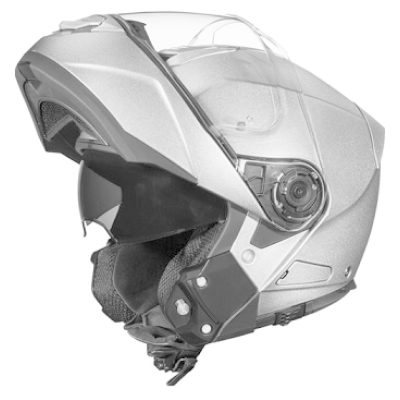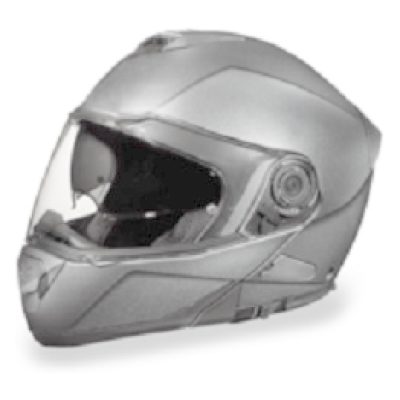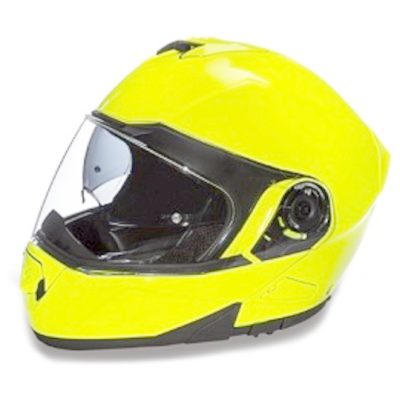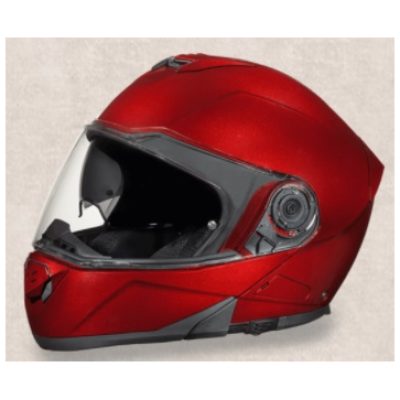

Open Road Leather & Accessories

Modular helmets meet and exceed DOT safety standards FMVSS 218.
Approved helmets for Rider Protection are an essential part of Protective Gear.
Some states require riders to wear helmets that meet the federal standard. But, even if your state doesn’t, you’d be wise to consider wearing one. The Department of Transportation says that motorcycle helmets help prevent fatalities … but only if you’re wearing an approved helmet. And, while some riders might fear wearing them, thinking they will impair their hearing or vision, government studies have shown this is not true. Why worry about approval? Well, for starters, it means the helmet meets Federal Motor Vehicle Safety Standard (FMVSS) 218. Sounds complicated, but this simply establishes the minimum level of performance required for the helmet to adequately protect your head and brain if you crash. Before they ever make it to stores, DOT-approved helmets undergo rigorous testing for:
So you can be sure that your helmet has been proven to withstand a wide range of physical trauma (collision, speed… you name it) before you ever wear it on the road.
Children’s Sizes are all DOT approved, meeting or exceeding the standards for safety.
Modular helmets meet and exceed DOT safety standards FMVSS 218.
Approved helmets for Rider Protection are an essential part of Protective Gear. Some states require riders to wear helmets that meet the federal standard. But, even if your state doesn’t, you’d be wise to consider wearing one. The Department of Transportation says that motorcycle helmets help prevent fatalities … but only if you’re wearing an approved helmet. And, while some riders might fear wearing them, thinking they will impair their hearing or vision, government studies have shown this is not true. Why worry about approval? Well, for starters, it means the helmet meets Federal Motor Vehicle Safety Standard (FMVSS) 218. Sounds complicated, but this simply establishes the minimum level of performance required for the helmet to adequately protect your head and brain if you crash. Before they ever make it to stores, DOT-approved helmets undergo rigorous testing for:Showing all 7 results














We now offer free shipping to USA destinations on orders totaling over $100.00, when you sign up on our site before ordering. This action will continue your subscription to our newsletter and make repeat ordering easier.
Our goal is to provide a convenient source for all the products you need to enjoy biker sports and other activities with style and panache.